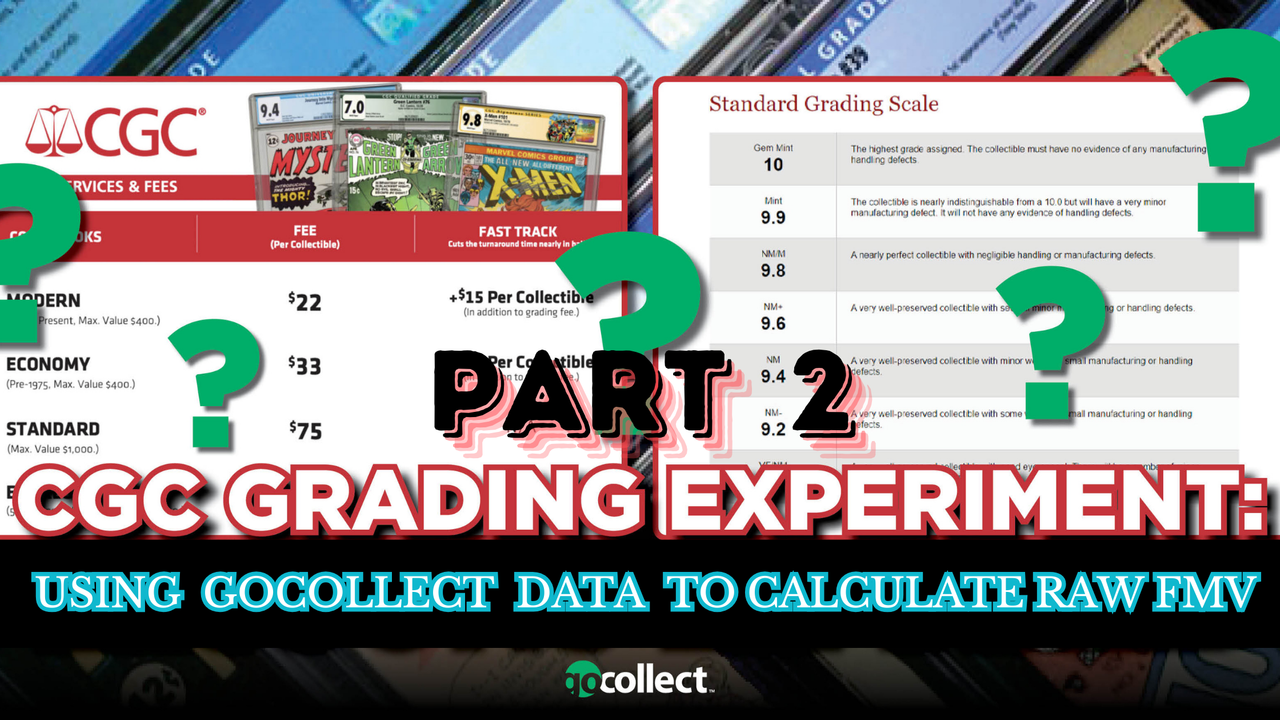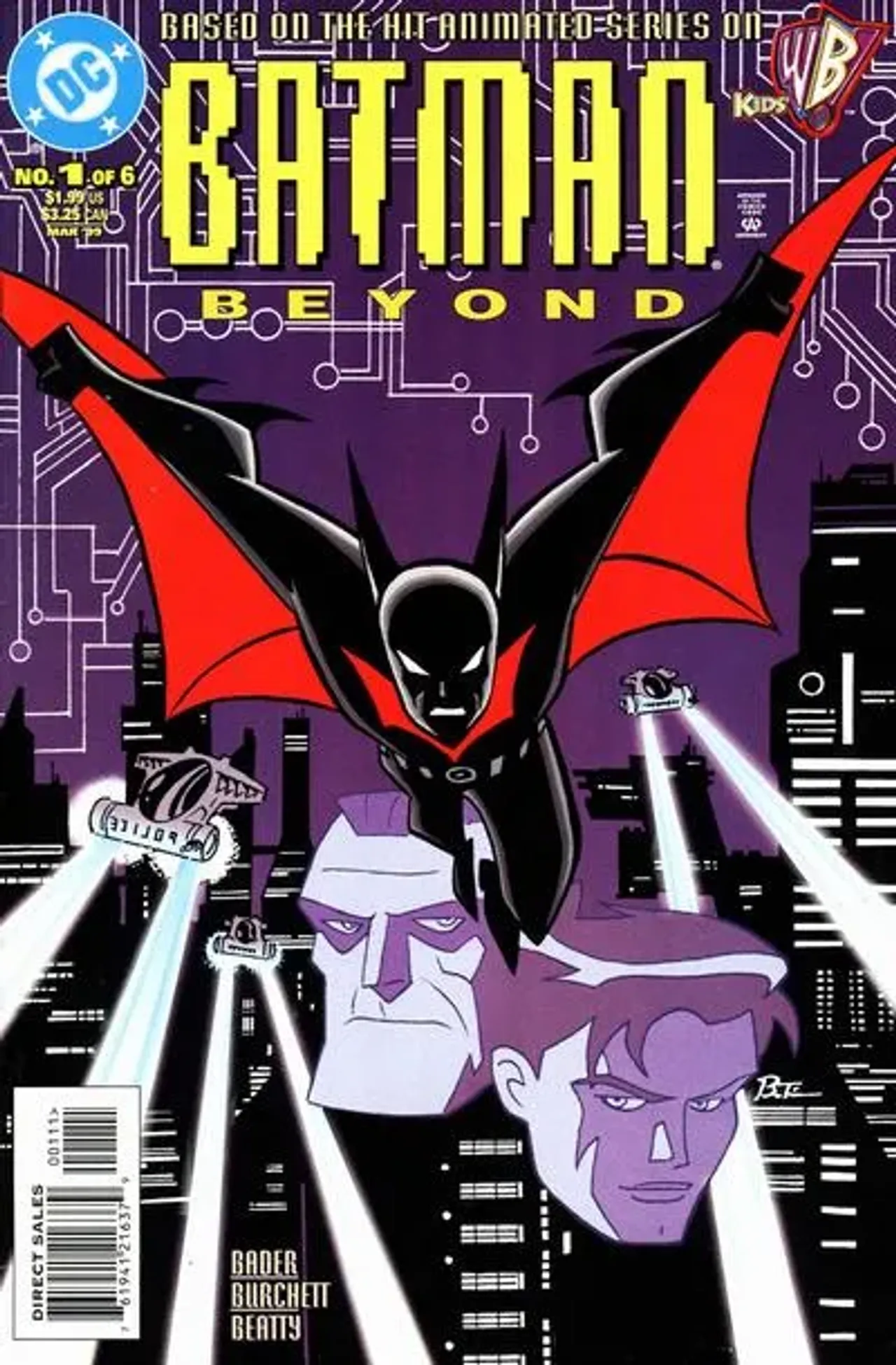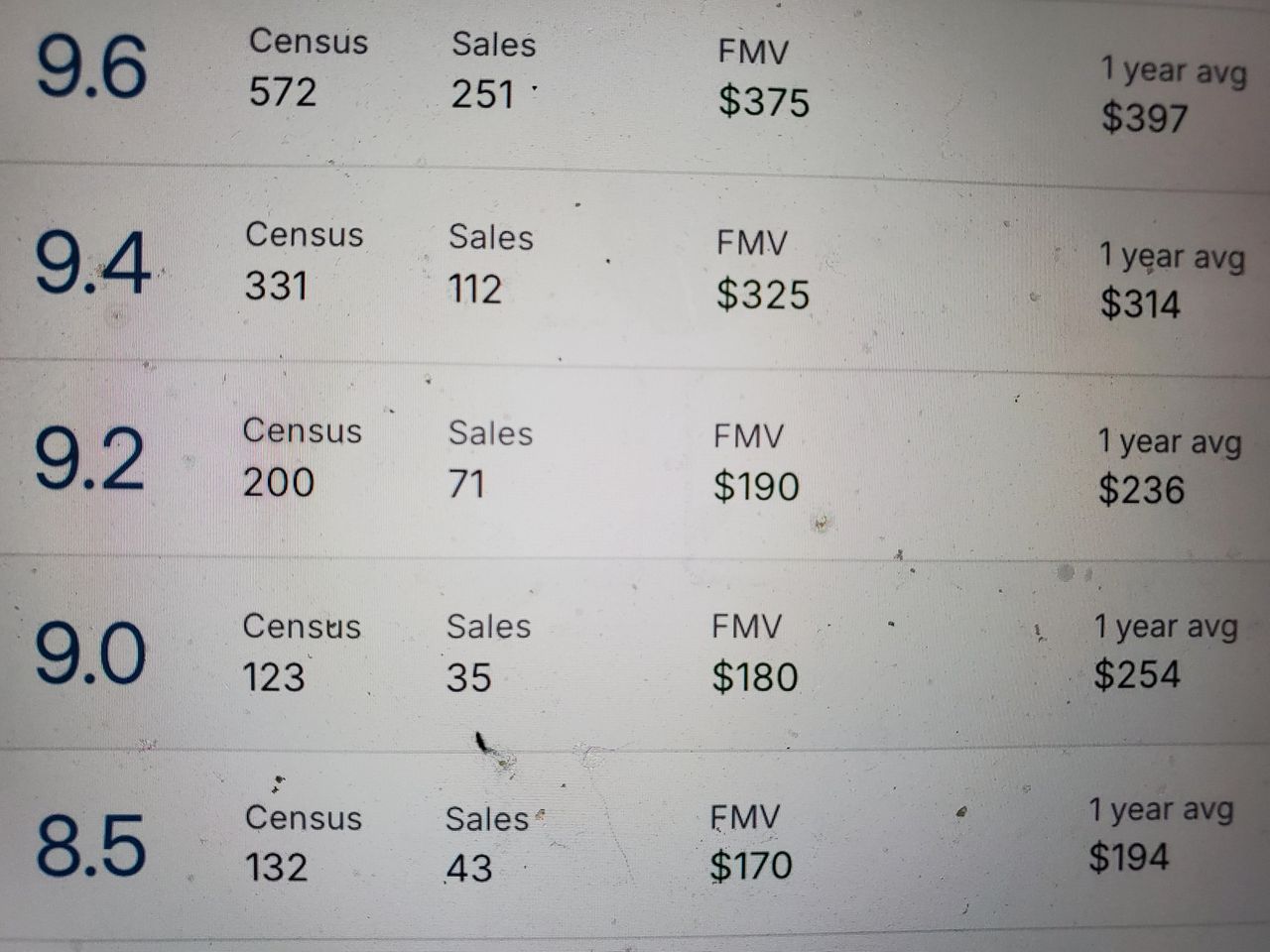The CGC Grading Experiment has been a great endeavor. It has allowed for many discoveries to be made. These revelations take the mystery out of grading but also provides tricks people can use to save money. During the grading experiment one of the things revealed was how to use the GoCollect Price Guide and apply it to price raw books. The following is a summary of what participants did to translate graded prices to raw books.
Painting Readers A Picture
In order to understand what was done we picked a great book that was illustrative of the process. The book selected also had to be a key and considered popular among collectors. Batman Beyond #1 was the final choice. It was first amateurishly graded by a participant and this journalist before it was sent to be graded by CGC. A grade had to be selected that is common among amateur graders. The grade chosen was a 9.2. This a what most 'eBayers' list as NM-. This designation was very significant as will be noted later in this article.
The First Step
Everything begins with a starting point. Here we must start with a baseline price to begin the experiment. The starting point is the GoCollect FMV for the grade. In this case a quick review of the site reveals an FMV of $190. This is again the Fair Market Value for a book graded by a third party. Now that a starting point is established, the next step was to figure out what is different between a graded and raw book.
Set Costs
There are set costs that are associated with getting a book slabbed by a third party grader. These costs are required but that does not mean they are fixed. CGC has different tier memberships that impact these prices.
IT SHOULD BE NOTED THAT THE FOLLOWING CGC PRICES USED IN THIS ARTICLE ARE FOR ILLUSTRATIVE PURPOSES ONLY!
Subject A always believes his books should be pressed and graded. The fees for those two basic services at the moment for him is $30 based upon his membership tier. Subject A also had to pay to have that item shipped back. It is part of a batch that was sent in to be graded, so the cost for that book to be shipped with the other books was $2 (total cost/# of books). The book now has a raw value for the submitter of $190 (FMV) minus $32 (Grading, pressing and return postage fee)=$158. That is not the end of the calculations needed to determine the raw FMV for this issue.
Variable Costs
There are additional costs that need to be factored into the formula. These were costs that differed among each individual submitter. Each person had personal experiences when it came to getting books to CGC. Some may want to send it by a preferred carrier. Others may want to pay to have it dropped off at a show.
For this experiment, the person sent the books in a sizable enough volume to spread out those expenses. They also purchased insurance for the books during the delivery. In the end the cost of mailing was $10 (Total Cost/ # of books) with an insurance cost of $4 (cost of insurance/ # of books). This further reduced the raw FMV for the book to $144 ($158-14). This gave the sender a rough FMV for a raw comic book.
They used this formula and the grading results to determine if they scored a better deal purchasing books raw and having them graded versus buying the book already graded. The submitters believed they could also use this formula to try to score deals through other lessons learned from the experiment. The ability to have a raw FMV for books is essential in that process.
Methodology for Amateur Grading
The test subjects submitted lower value books to try to figure out how far apart their grading was from the CGC grade for higher grade books where the CGC grading scale is very close. This would minimize the risk of overspending on books when gaining this valuable information. They also found out their standard of deviation for lower grade books as well using lower value books. This again put the risk of overspending at a minimum.
Each person was different and had to factor in their deviation from CGC to purchase raw books at a value and not overpaying. In addition, their standard deviation for higher grade books may differ from mid and lower grade books. Knowing their grading proficiency was very important. This would also allow them to look for books that may appear to be lower grade but had pressable defects that could be fixed. Sending out books to be graded and not knowing anything about grading is not an option in this experiment.
Why 9.2
There was a reason that this particular grade was chosen. The subject who owned this book during the course of the GoCollect experiment realized that when it came to evaluating higher grade books their grading deviated from the CGC grade by a maximum of .4. This meant a book he thought was 9.6 could come back as 9.2 and a 9.2 could come back at 9.6 after the pressing.
Subject A figured out that any books he buys always should be evaluated .4 lower than their perceived hypothetical higher grade. This was to safeguard overpaying for a book that ultimately would receive the lower grade. This submitter believed this key book would come back at a minimum of 9.2 and paid for it at a price lower than the $144 FMV calculated from the formula. This rule of undervaluing paid off. The end result was that the person's copy came back a 9.6 with an FMV of $375. A sizable savings/profit thus was realized.
Conclusion
In an ideal world a 9.2 raw and graded book would have the same FMV but that is not reality. Our society disagrees on so much, and the grade of a comic is no exception. A raw price guide set in stone on a macro level fails because of the differences of opinions in grading and the expenses that goes into a raw book being graded. As a result, a raw FMV has to be calculated and then tweaked based upon what goes into it being graded on an individual basis. The methodology to obtain an approximation for a raw FMV is by no means ideal. That does not mean it is not useful.
Readers can use the methods discovered in the GoCollect experiment to try to calculate the FMV for raw books they see in the wild. They can also further tweak it to meet their skill levels and preferences to better reflect a more accurate FMV for their own unique circumstances. Doing so will allow for the potential to score deals rather than overpaying for the end product slabbed book.
The experiment will continue. Important results will be discussed in future articles where warranted.






